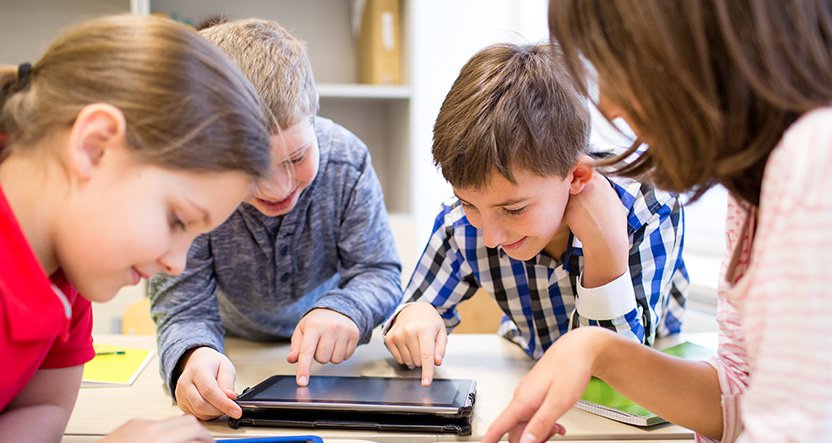Over the last few decades, technology has completely transformed the way children learn. Whiteboards are being replaced with electronic touch-screen boards and workbooks are being replaced with laptops. More schools than ever are introducing a Bring Your Own Device (BYOD) program, allowing students to bring a device from home to help them with their studies.
In the long run, using a device for learning is more cost-effective than textbooks, they are easy to use and help your child improve their technology skills. There are a number of different devices out there, all with their own benefits and price tags. No matter the learning journey your child is on, you’re bound to find a device that is perfect for them and will accompany them through the years.
While students have generally embraced these technological changes with open arms, it can be difficult for parents to navigate what type of device their children need.
Laptops
Laptops offer a wide range of benefits for learning. Simply open it up for class, and close it back up again when class is over. Laptops usually don’t have a touch screen, but do have a built-in keyboard and trackpad, although an external mouse will help make learning easier.
Tablets
Tablets are easy to use and lightweight. They have a touch screen, making it very easy to navigate its handy features. Many also have a camera, making it easy for students to document their learnings during field trips or outdoor learning. Tablets also make drawing, composing music or making films easier than ever. To make taking notes extra handy, an external keyboard can be connected.
2-in-1 Laptops
If you put a laptop and a tablet together, you get a 2-in-1 laptop. These devices offer the look and feel of a laptop with the versatility of a tablet. They have a touch screen, PC operating system, keyboard and other handy features. Screens often fold back 180 degrees and some even detach. They are also called convertible laptops or hybrids.
There are some benefits that all three of the above devices carry, such as fostering online collaboration, making learning more interesting and promoting better organisation skills. They also offer more efficient note taking and with an internet connection, an extremely broad world of learning. It’s the way the world is heading, and kids are more prepared than ever for it.
The learning doesn’t have to stop outside of school. There are plenty of apps available that are not only fun, but educational as well.
THE BEST APPS THAT PROMOTE EDUCATION
Reading Eggs
2 – 13 years – Free
iOS and Android
Reading Eggs is a multi-award-winning app that helps children learn to read. They will learn using interactive reading games, guided reading lessons, activities and over 2000 digital storybooks. It’s a complete learn to read system and covers the five components of reading: phonics, phonemic awareness, vocabulary, fluency and comprehension.
Prodigy
9+ years – Free
iOS and Android
Prodigy delivers a unique learning experience, allowing kids to perform in epic battles, rescue pets and practice maths. Success in the game is based on correctly answering skill-building questions. Questions are tailored to every player’s strengths and weaknesses, and as a parent you can monitor their progress and set goals.
Toca Lab: Elements
4+ years – $3.99
iOS and Android
Introduce your child to the captivating world of science with all 118 elements of the periodic table. Kids can take their elements and use various lab tools to create chemical reactions. It’s a fun way to discover the periodic table and spark curiosity in the wide world of science.
codeSpark Academy
4+ years – Free
iOS and Android
codeSpark Academy uses the basics of computer programming and interactive activities to teach children the basics of coding. Through puzzles, games, game design and step-by-step creative projects, kids learn key programming concepts and use them to code their own projects. All of the activities can be monitored by parents.





